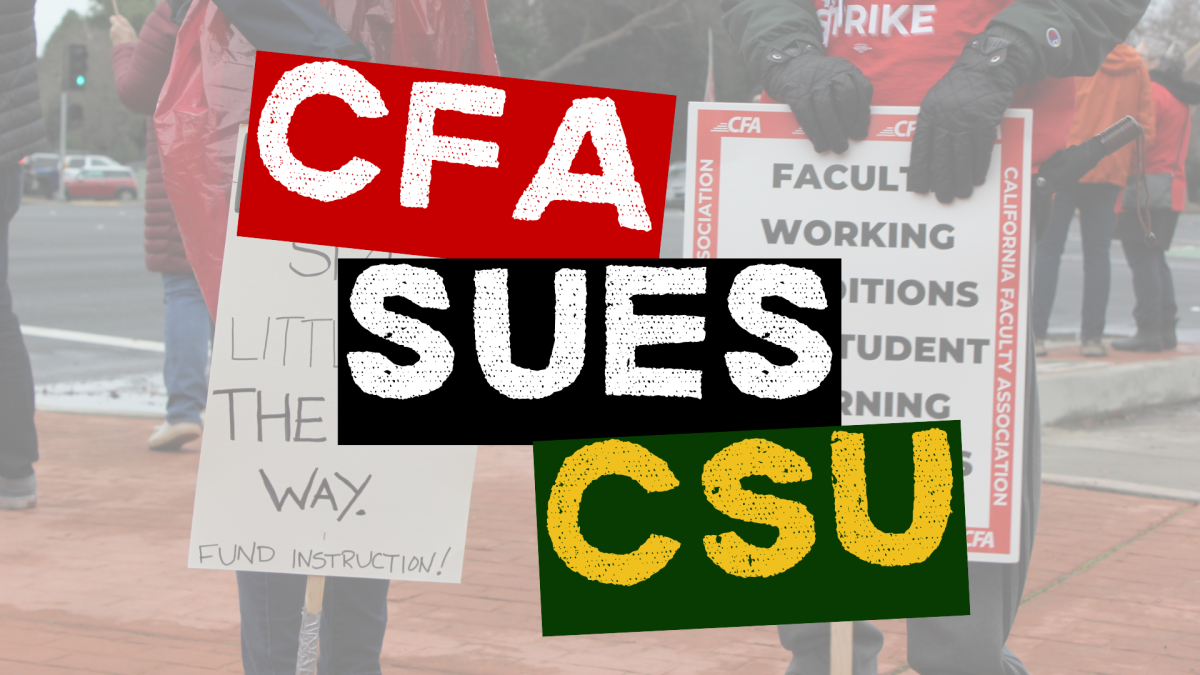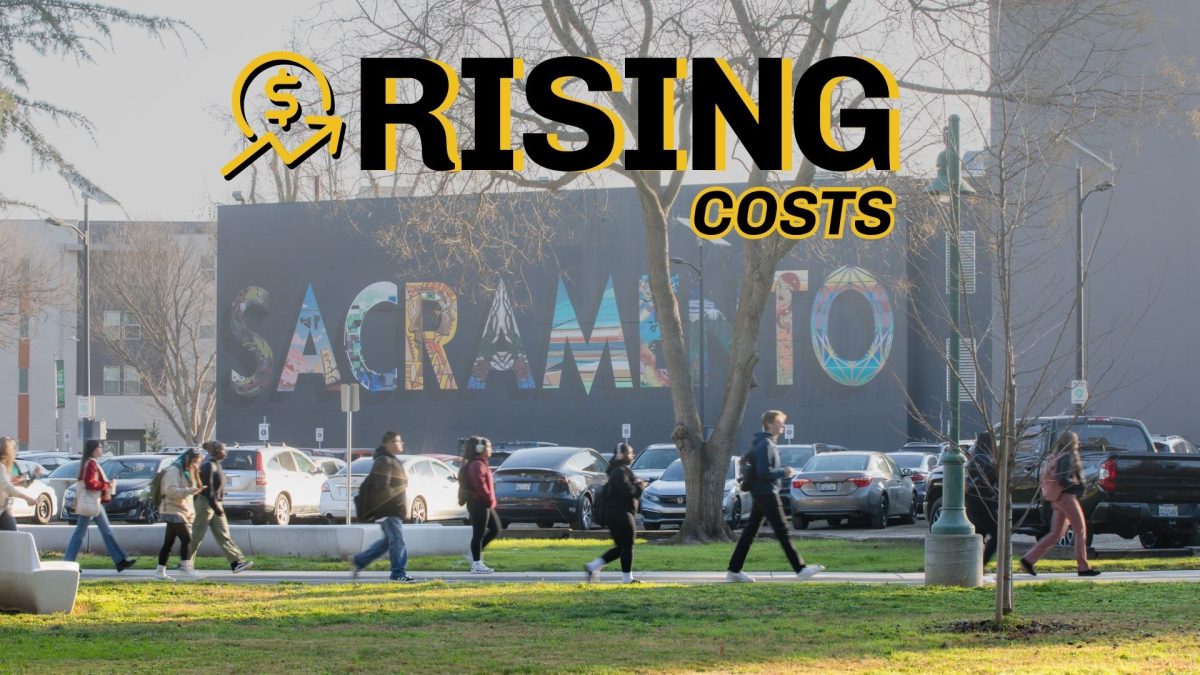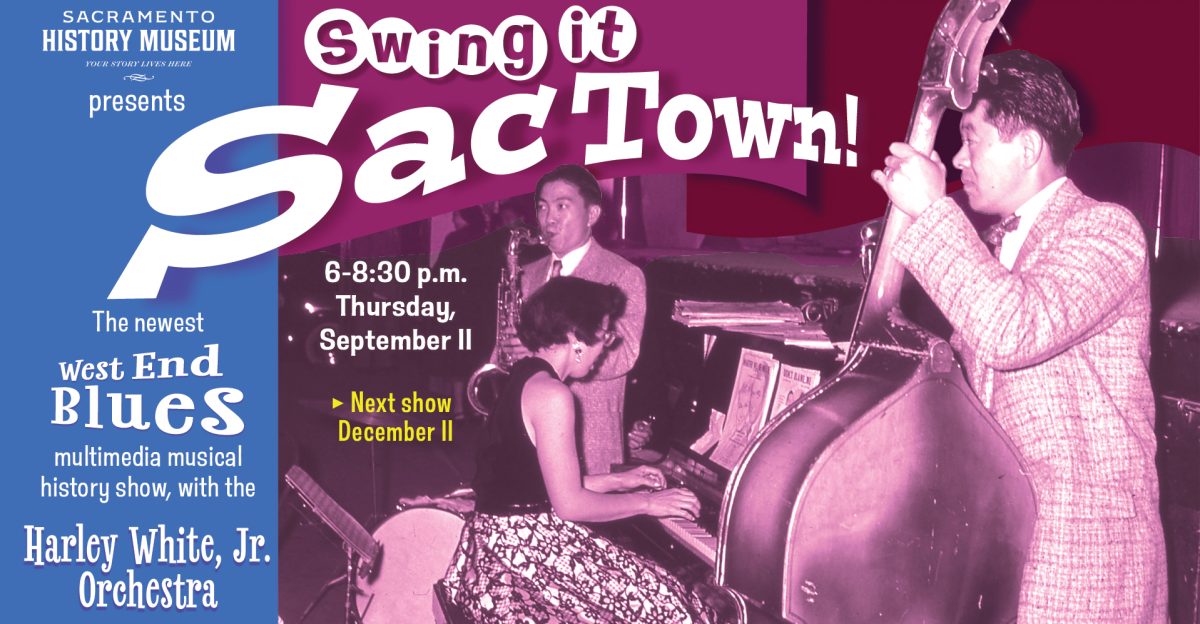Bias found in funding to minority schools
March 16, 2005
Institutional racism continues 50 years after the passing of Brown v. Board of Education and teachers and students are suffering. Proposition 98 guaranteed that 40 percent of the state’s budget go to K-12 schools and community colleges. The proposition never stated to which schools the funding would be sent, which is a problem.
On Feb. 15 a report conducted by Education True-West, an educational policy organization out of Oakland that focuses on low-income African-American and Latino students, discovered major salary gaps between teachers at minority schools versus teachers at predominately white schools.
Forty-two of the 50 largest school districts in California spend significantly more on teachers in the schools that have the fewest African-American and Latino populations. The study found an average salary gap of $4,103 per teacher between schools with high and low minority populations. “It is evident that working class and racial minority communities, and those who care about them, are devalued in our society, which explains the significant salary differential between teachers in the minority and non-minority schools,” said Manuel Barajas, assistant sociology professor.
The majority of teachers in the state look to predominately white schools as an ideal place to teach. It is obvious with these recent findings that they will be paid more and will have a better chance of gaining tenure.
The study also found that teachers teaching at schools that serve mostly low-income students receive $135,654 less than teachers in wealthy districts over the span of each student’s K-12 school career.
Teachers and students are no longer segregated physically by ethnicity as they were prior to Brown v. Board of Education; they are segregated economically and by social status.
“I feel that the amount of money that many K-12 schools receive is based on economic status,” said Terry Underwood, assistant professor of teacher education.
“I think it is all based on a state formula; however, there is a distinct advantage to well-off school districts,” said Duane Campbell, a bilingual and multicultural professor. “We could have adequately and fairly funded the schools if we did not give tax reductions to vehicle license fees (4.5 billion).”
One option that Gov. Arnold Schwarzenegger has proposed is to pay teachers based on merit, not tenure. Schwarzenegger is banking on the idea that districts will receive more funding if teacher salaries are based on school performance rather than individual credentials.
“The more we reward excellent teachers, the more our teachers will be excellent,” said Schwarzenegger in his State of the State address in January. “The more we tolerate ineffective teachers, the more our teachers will be ineffective. I propose that teacher employment be tied to performance, not to just showing up.”
Teachers criticize Schwarzenegger as being inconsistent in his proposals and uninformed about the teaching profession.
This study that points out salary gaps in California school districts is not about the teachers and political opinion on how they should be paid. It is about the gap in education that minority students encounter while depending on teachers who do not want to teach at their schools.
“Our educational system is organized to reproduce various types of social hierarchies, which are not based on meritocracy or academic ability but on access to resources and unearned advantages,” Barajas said.
————————————————————
Blake Ellington can be reached at [email protected]






















































































































